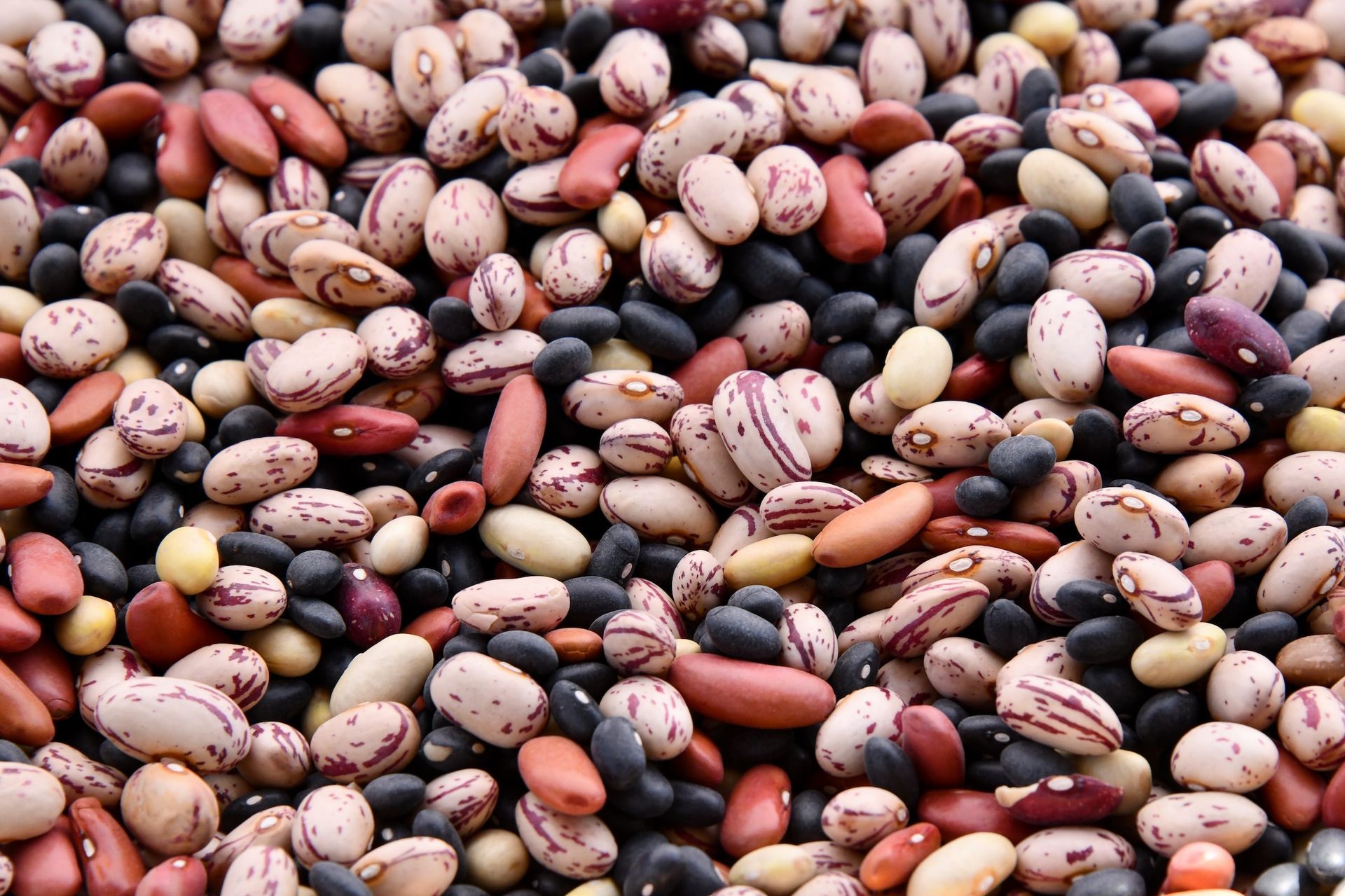1MG FlippingBooks
Flexitarian: The new diet shaping the future of food
By Dr Simon Eassom, Executive Director of Food Frontier
People who sometimes choose plant-based food instead of meat are spearheading the demand for ‘alternative proteins’ – and the trend could present an opportunity for Australian grain growers.

Flexitarian. It’s the relatively new breed of diet that is forecast to grow faster than vegetarianism and veganism. Flexitarians are behind the demand for plant-based meats—they are who manufacturers and retailers market these products to. They have influence over food consumption trends now and in the future, and they rely on primary production for their meals.
Flexitarians are meat eaters who occasionally swap out animal meat for plant-based foods. Research shows one in four Australians are limiting their meat consumption due to concerns about health and the environment, alongside the costs of meat. Instead, they are turning to ‘alternative proteins’.
Alternative proteins are currently dominated by plant-based meats, however, in five to 10 years, this sector will be made up of radical new foods, made by new food producers with job titles that are as yet unheard of.
Grains: Fuel for plant-based meats
The current dominant Western alternative protein is plant-based meat. Deloitte Access Economics predicts that plant-based meat—which relies on base ingredients such as pulses and legumes – will generate almost $3 billion in domestic consumer sales by 2030.
From a base of just four producers in Australia five years ago to 25 in 2023 and more than 350 products in the market, the plant-based meat industry is forecast to produce 169,000 tonnes of end product by 2030. This is good news for grain growers who are interested in supplementing the international commodity market. In addition to forecast domestic ingredient needs, there is increasing demand internationally for high-quality protein isolates for plant-based meats and a range of other foods (whey, protein bars, sports powders) that use protein powders made from grain.
But the full potential of the market can’t be realised without enough infrastructure. Providing market opportunities for domestic pulse and legume growers isn’t possible without investment in more plant protein processing infrastructure.
There is currently just one operational pulse fractionation factory in the country, Australian Plant Proteins in Victoria, which got off the ground after receiving support from the Australian Government. It is expanding into South Australia in 2024. Co-founder and Executive Director Phil McFarlane has said: “We could have 10 of these factories in Australia and still not meet demand.” The factory aims to process 6,000 tonnes of protein isolates each year from local growers, supplying domestic and international manufacturers.
With enough infrastructure in place and a growing number of consumers looking for protein choices, the burgeoning plant protein market is an opportunity for growers to diversify reliance on the international commodity market.
Cultivated meat’s imminent arrival
Another alternative protein that start-ups, investors, researchers, and governments are getting behind is cultivated meat. Also called cultured meat, it could be commercially available in Australia in 2024. It is made using a small cell sample from one animal to make tonnes of animal meat in a brewery-like food factory. Governments in countries that don’t have a lot of land and/or rely on imported food and ingredients are viewing cultivated meat as a solution to growing protein demand. According to consultancy firm McKinsey and Company, it could be worth up to $25 billion globally by 2030.
There are two Australian companies on the precipice of bringing cultivated meat products to market: Sydney-based Vow (which is targeting a niche, high-end market) lodged an application with standards authority FSANZ to approve cultivated quail for sale; and Melbourne’s Magic Valley, which hosted a pork tasting this year. It aims to produce competitively-priced cultivated meat for mainstream consumers—its minced cultivated meat costs $33 per kilogram to make, and the company aims to get that down to $3.30 a kilo.

Cultivated meat can be made from any animal, and because its environment can be manipulated it can be made to contain nutrients that conventional meat doesn’t have. Cultivated meat was approved for sale in Singapore in 2020, and was approved for sale in the US in June this year.
The next chapter of dairy production
Also coming under the banner of alternative proteins are products made from precision fermentation. Like cultivated meat, they will completely revolutionise our food systems. Precision fermentation uses microorganisms (such as yeast or bacteria) that are programmed to produce a specific compound (such as a protein or fat). These proteins and fats can be harvested and used to create foods like egg white, dairy products, and even human milk.
There are four precision fermentation companies in Australia. One of them is Orange-based Couldron which raised $10.5 million to build the largest network of precision fermentation facilities in the Asia-Pacific.
Precision fermentation company Change Foods has a global team working to supply the mass processing industry with non-dairy casein for cheese—a product that isn’t reliant on providence or taste, it merely performs a function that conventional dairy currently does. And then there are companies that take it a step further by using technology that can make a protein of their choice, like Air Protein which uses air, water and energy to activate culture and turn it into flour, which is then made into a familiar food, like meat.
Change to our food supply is just getting started
The alternative protein sector, in particular cultivated meat and precision fermentation, faces regulatory barriers, funding and consumer acceptance—challenges that face most novel and innovative food technologies.
However, with the world’s population expected to reach 10 billion by 2050 and the need for protein production forecast to increase by 70 per cent, alternative proteins have gathered momentum and are seen as a significant ecologically viable way to supplement animal protein.
CSIRO’s Future Protein Mission program aims to produce alternative proteins and ingredients that generate $10 billion in revenue, and one of Australia’s largest foodservice companies, Compass, has developed a plant-forward program to fulfil sustainability goals—plant-based meats are a part of it.
These products are an ‘and’, not an ‘or’ - they complement existing animal proteins that flexitarians include in their diets. To what extent, remains to be seen.
In the meantime, Australian grain growers would do well to keep an eye on the growth of the plant-based meat industry to see if it offers them an opportunity to diversify their markets in years to come.
Dr Simon Eassom is the Executive Director of Food Frontier. Across his distinguished career he has been a university professor in the UK, and worked in executive roles in IT, education, and smarter cities. Simon is a thought leader on the use of Big Data, predictive analytics, and AI, and has consulted on the impacts of technology on health management, and food.










